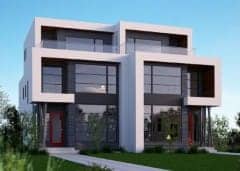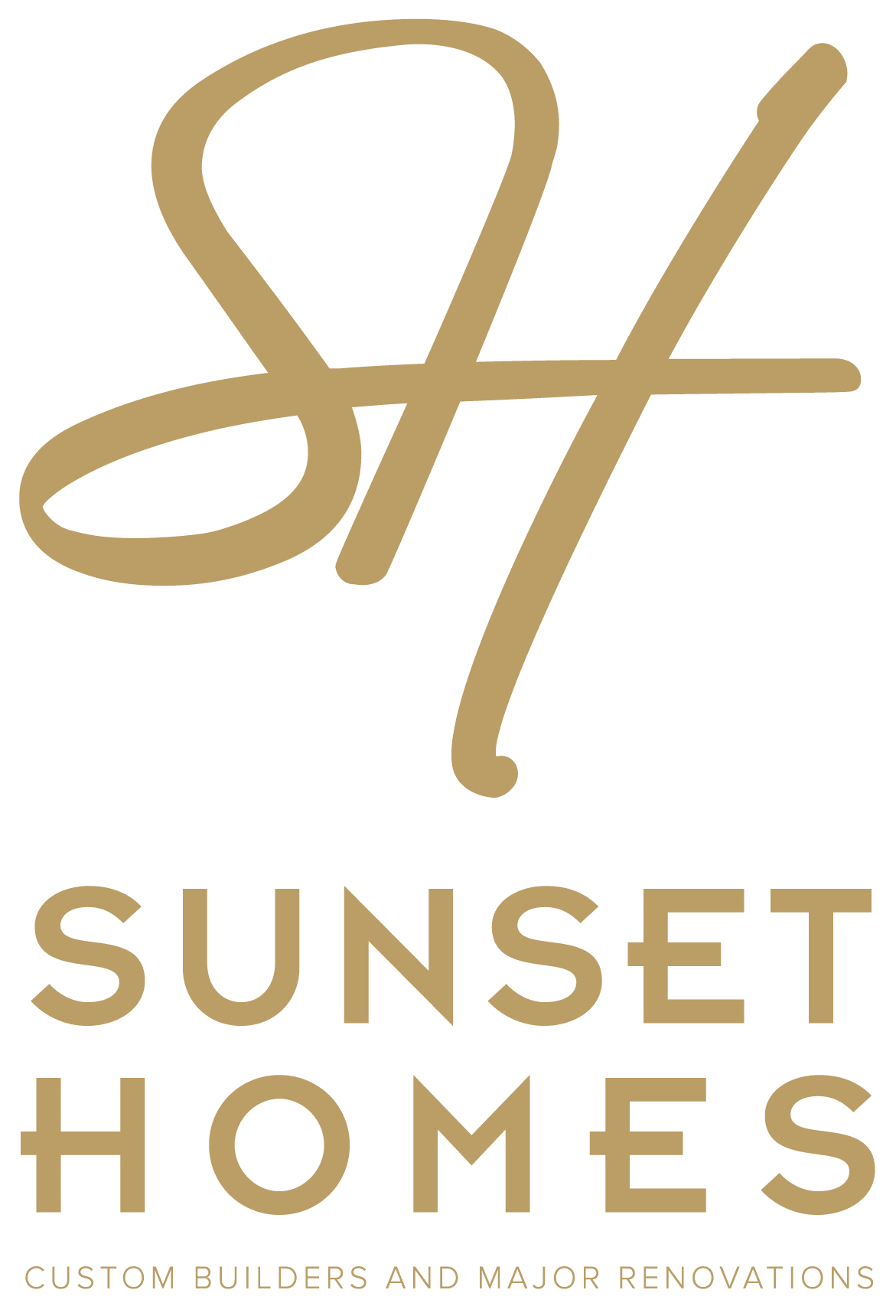
The city of Calgary's sustainable building policy requires all new city-owned and city-financed buildings to comply with the following:
- When developing any new occupied facility, including infill homes, in excess of 500 m2 on non-Brownfield site, it must meet or exceed the Gold Level Rating of the LEEDTM New Construction (NC) Rating System.
- When redeveloping any Brownfield site with a new occupied facility, including infill homes, in excess of 500 m2, it must meet or exceed, wherever technical practical, the Gold Level Rating of the LEEDTM New Construction (NC) Rating System.
- All major renovations of homes must meet LEEDTM Silver for Commercial Interiors (CI) or LEEDTM Certified for New Construction (NC).
LEEDTM New Construction (NC) Rating System is the industry-recognized voluntary standard that defines high performance in the construction of sustainable new buildings. The rating system promotes improved practices in site selection and development, water and energy use, environment-friendly building materials, waste stream management, indoor environmental quality, and innovation in sustainable design and construction.
Although private residential, commercial and industrial buildings are not required to comply with the above policy, builders in Calgary know that the LEEDTM-NC certification greatly increases the value of their homes. The LEED certification can be obtained with minimal to no additional costs when compared to traditional, non-sustainable building. This has made the certification popular with new Calgary inner city homes, including all infill homes.
The LEEDTM NC certification is not the only reason inner city infill homes are sustainable. Since the homes are located in urban centres with close proximity to business, work, shopping centres and entertainment facilities, they have a high walk score, which means that residents have to commute less by motor vehicles. Having to commute by cars, trains and other motor vehicles less means a reduced carbon footprint. Besides reducing your carbon footprint, a place with a high walk score also helps keep you healthy.
The use of solar panels to generate additional electricity, geothermal heat pumps to warm and cool the house and other sustainable energy implementations are common and popular in Calgary. This means that every new infill home in the city is sustainable and conducive to an eco-friendly lifestyle.
Not only that, Calgary is well known as home to one of the largest urban parks in Canada and the largest pathway systems in North America. The city has numerous parks located inside the inner city area where you can walk, jog and do other recreational activities. Some of the most famous inner city parks are Stanley Park, Confederation Park, Shouldice Park, Nosehill Park and Edworthy Park. With so many inner city parks, there is at least one park within walking distance of an infill home.
All of these factors make Calgary inner city homes the most sustainable form of housing in Canada and possibly the rest of the world.

